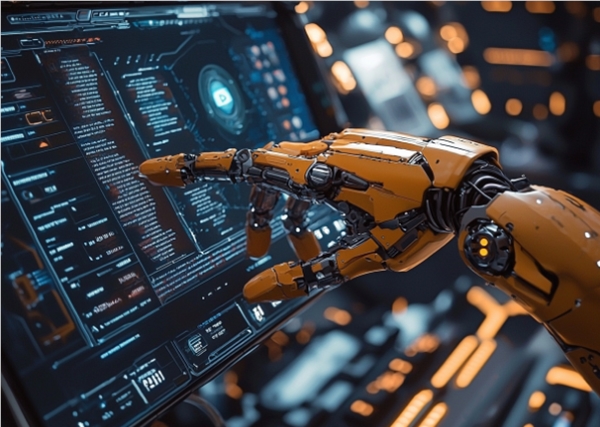Recently, the Toyota Research Institute (TRI) and Stanford University have made further strides in automotive technology. They introduced artificial intelligence (AI) technology into two modified Toyota Supras, demonstrating tandem driving with drifting akin to Formula Drift. While such a spectacle is undeniably cool, their ambitions extend far beyond this.

Image Source: Generated by AI, Image Licensed by Service Provider Midjourney
At a press conference, Avinash Balachandran, Vice President of Human Interactive Driving at TRI, stated that the ability to autonomously drift two cars is an important milestone, and this technology will have a profound impact on the construction of safety systems for future passenger vehicles. He mentioned that the physics of drifting are similar to those of a car's performance on snow or ice, implying that this technology could help drivers better control their vehicles in adverse weather conditions such as skiing.
In practice, the system can solve and re-analyze problems up to 50 times per second, quickly determining the most appropriate steering, throttle, and braking commands for different situations. This means that when a driver loses control of the vehicle, the AI system can intervene promptly, like an experienced drifting expert, to help the driver regain control.
The two modified GR Supras were tested on a track, with the AI technology continuously learning and optimizing based on feedback from each drive. Toyota was responsible for the control mechanisms of the lead car, while Stanford University developed the AI model and algorithms for the chase car, ensuring it could accurately replicate the lead car's movements without collision. The two cars communicated in real-time via Wi-Fi, allowing them to work closely together and demonstrate impressive drifting capabilities.
It is worth noting that Stanford University is not new to the self-drifting technology; as early as 2015, the research team had built a DeLorean car with autonomous drifting capabilities. This collaboration with Toyota has taken this technology to a new level.









